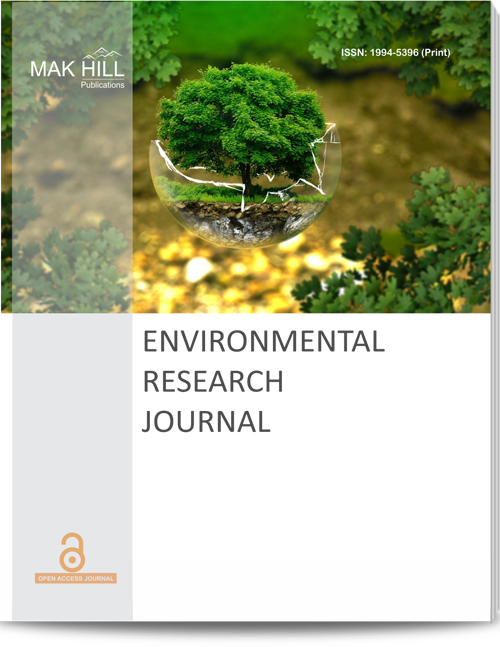
Environmental Research Journal
ISSN: OnlineISSN: Print 1994-5396
Abstract
The study examined the peoples perceptions of the management and existence of the Old Oyo National Park, Nigeria. The study respondents were residents of the communities located around the park. The data collection took place over 6 months during which quantitative data was collected from 250 respondents. The data was analysed with frequency distribution, percentages and chi-square to measure the peoples knowledge of the conservation area and their perceptions of the management. The result shows that though 74.0% of the respondents were able to give one correct reason for the creation of the park, 29.6% for different reasons saw no need for its continued existence while others believe that it is stopping them from benefiting from their heritage (15.2%), it serves as hideout for armed robbers (12.4%), it has led to the absence of wild animals (bush meat) at social functions (10.8%), hunting is prohibited in the park (6.0%) and it is governments attempts at issuing licences to hunters (4.8%). The study observed that the community members were not involved in the park management activities though many of them support the park management and do desire to be part of the management. The study recommends that the park management should assist the communities to address the problems of insecurity in the areas and recruit more indigenes as park staff while the government is encouraged to adopt an Integrated Conservation and Rural Development approach to conservation in the park and country generally.
How to cite this article:
Abimbola O. Adetoro . Peoples Perceptions of the Old Oyo National Park, Nigeria: Germane Issues in Park Management.
DOI: https://doi.org/10.36478/erj.2008.182.186
URL: https://www.makhillpublications.co/view-article/1994-5396/erj.2008.182.186